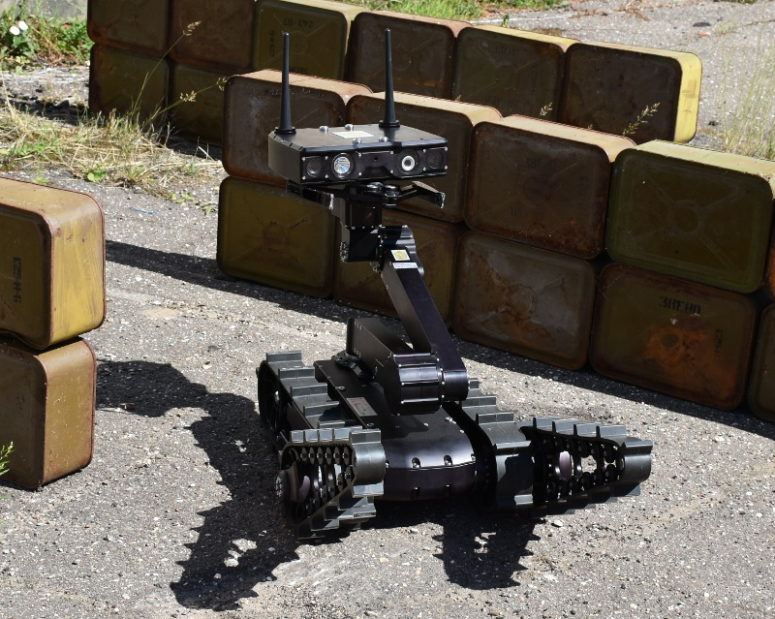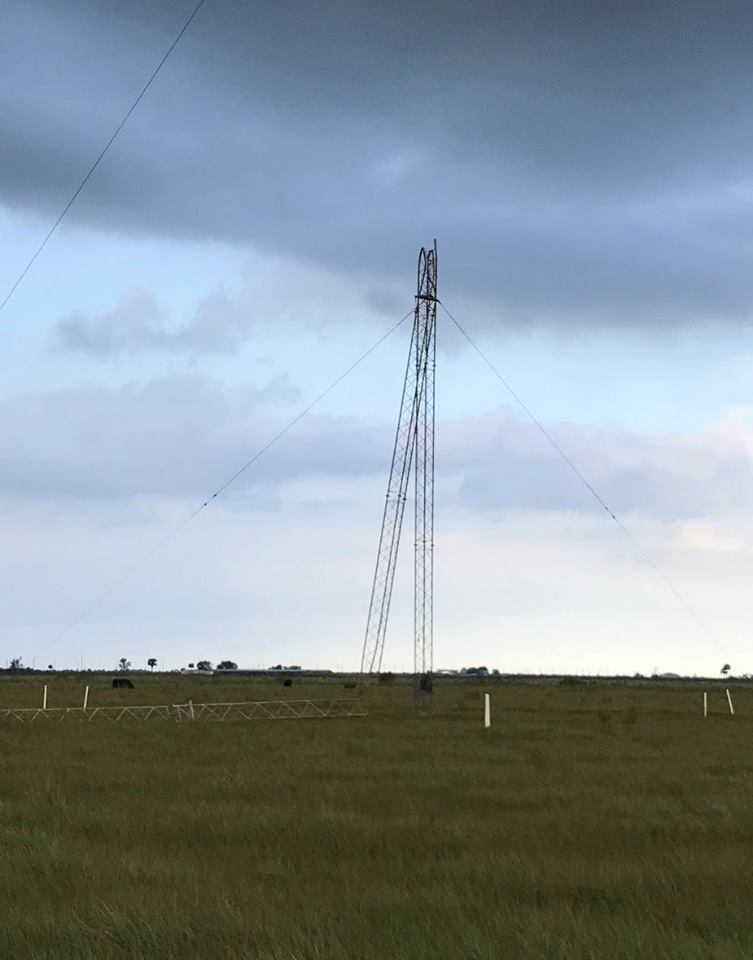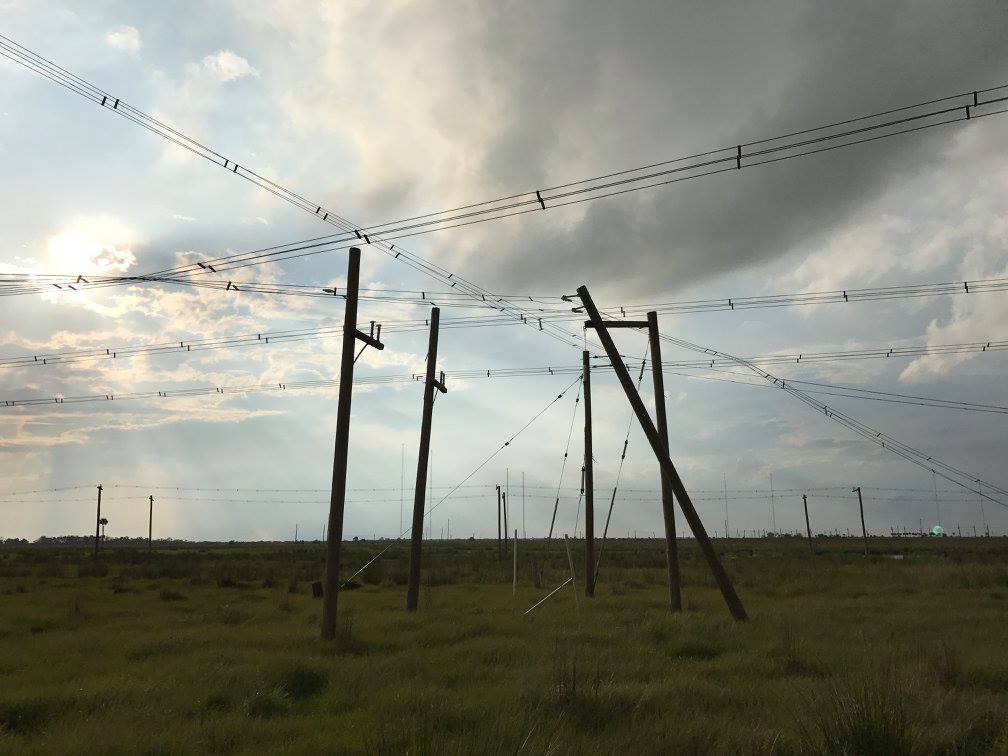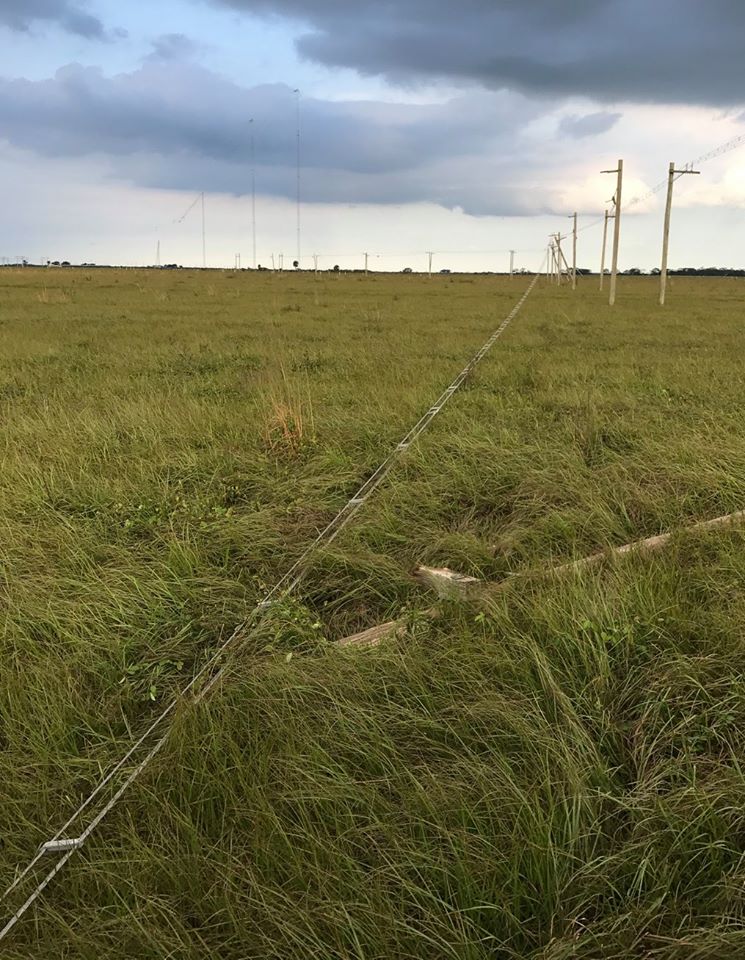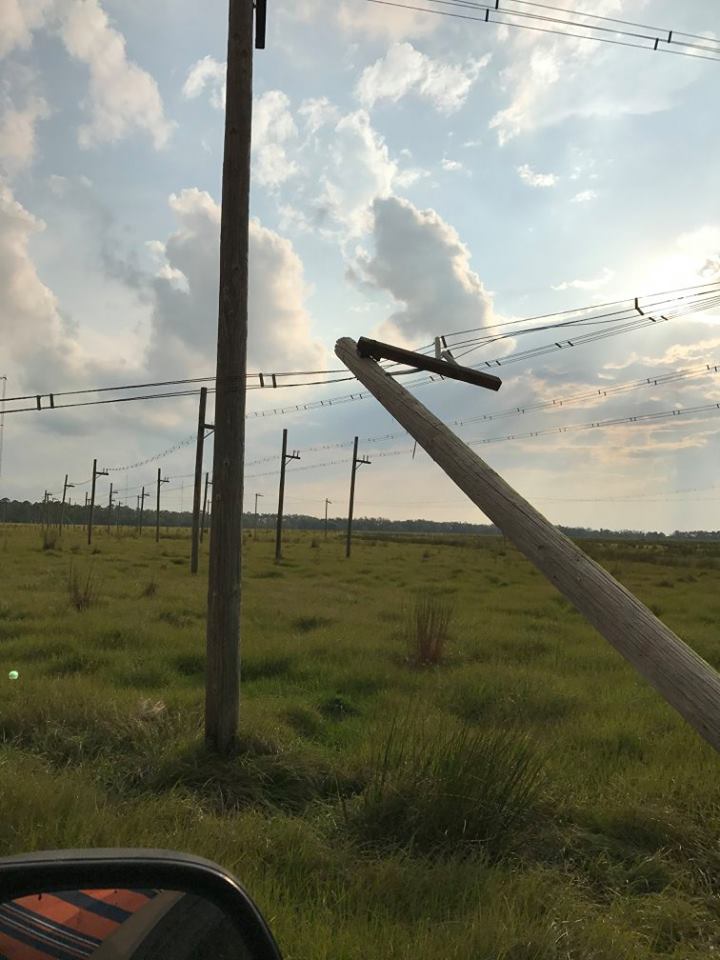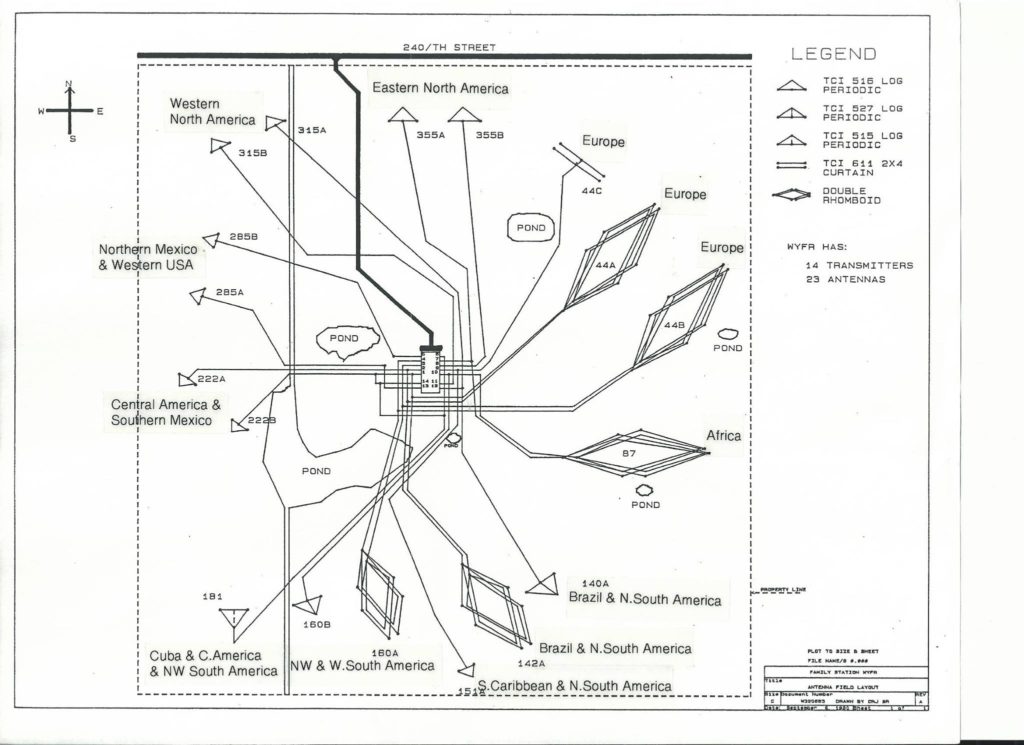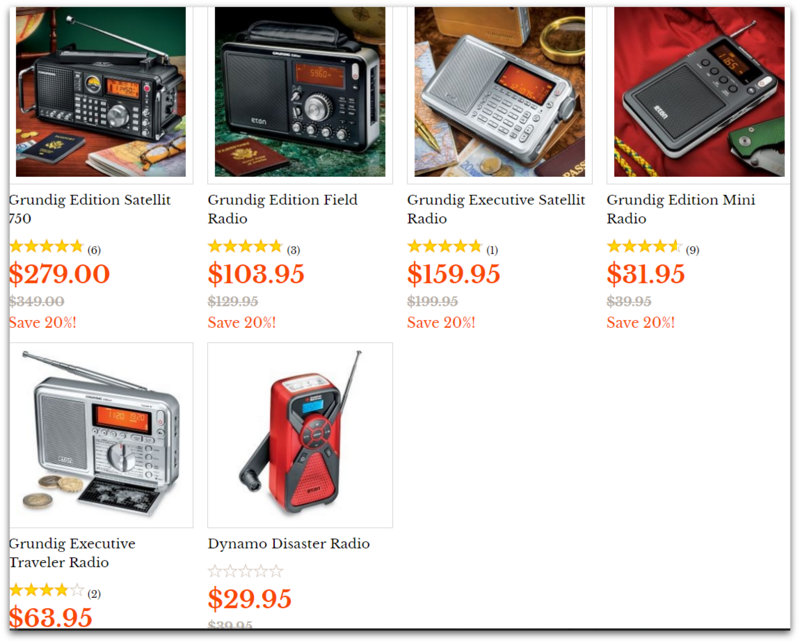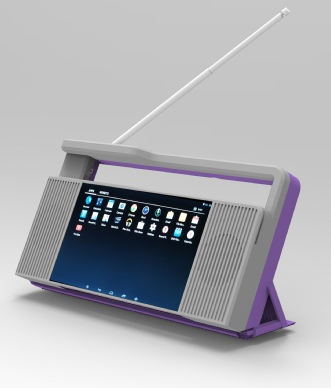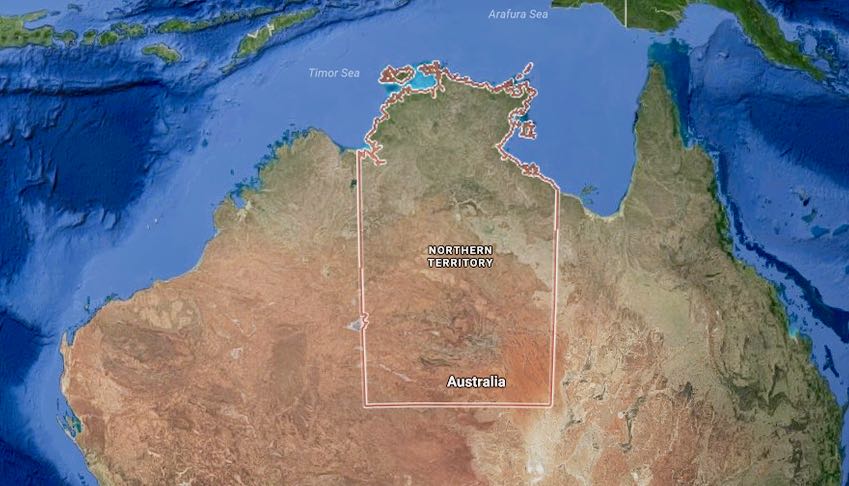Note that, in terms of press freedoms, Reporters Without Borders ranks Eritrea the second most repressive country in the world, next to North Korea.
(Source: BBC Media Centre)
BBC World Service continues expansion with new services for Ethiopia and Eritrea
Three new language services for Ethiopia, Eritrea, and the diaspora are being launched today by the BBC World Service as part of its biggest expansion since the 1940s.
BBC News in Amharic, Afaan Oromo and Tigrinya will be available online and on Facebook. This will be followed later in the year with shortwave radio services in each language consisting of a 15-minute news and current affairs programme, followed by a 5-minute Learning English programme, from Monday to Friday.The new BBC services will provide impartial news, current affairs and analysis of Ethiopia and Eritrea as well as regional and international news. Boosting the BBC’s operation in the Horn of Africa will also provide the rest of the BBC’s global audience with a better understanding of Ethiopia and Eritrea.
Programmes will target a younger audience with social media playing a key role. In addition to news and current affairs, there will be extensive coverage of culture, entertainment, entrepreneurship, science & technology, health and sport – including the English Premier League.
These services will benefit from a growing network of journalists across the region and around the world.
Francesca Unsworth, BBC World Service Director, says: “The BBC World Service brings independent, impartial news to audiences around the world, especially in places where media freedom is limited. I’m delighted we’re extending our service to millions of people in Ethiopia, Eritrea and the diaspora worldwide.”
Will Ross, Editorial Lead for Africa, says: “We know that there is a great deal of hunger for audiences in Ethiopia and Eritrea to access a broad range of high quality content in Amharic, Afaan Oromo and Tigrinya. It has been a privilege to work with Ethiopian and Eritrean journalists who are so keen to learn new skills and to ensure the new language services are a success.”


